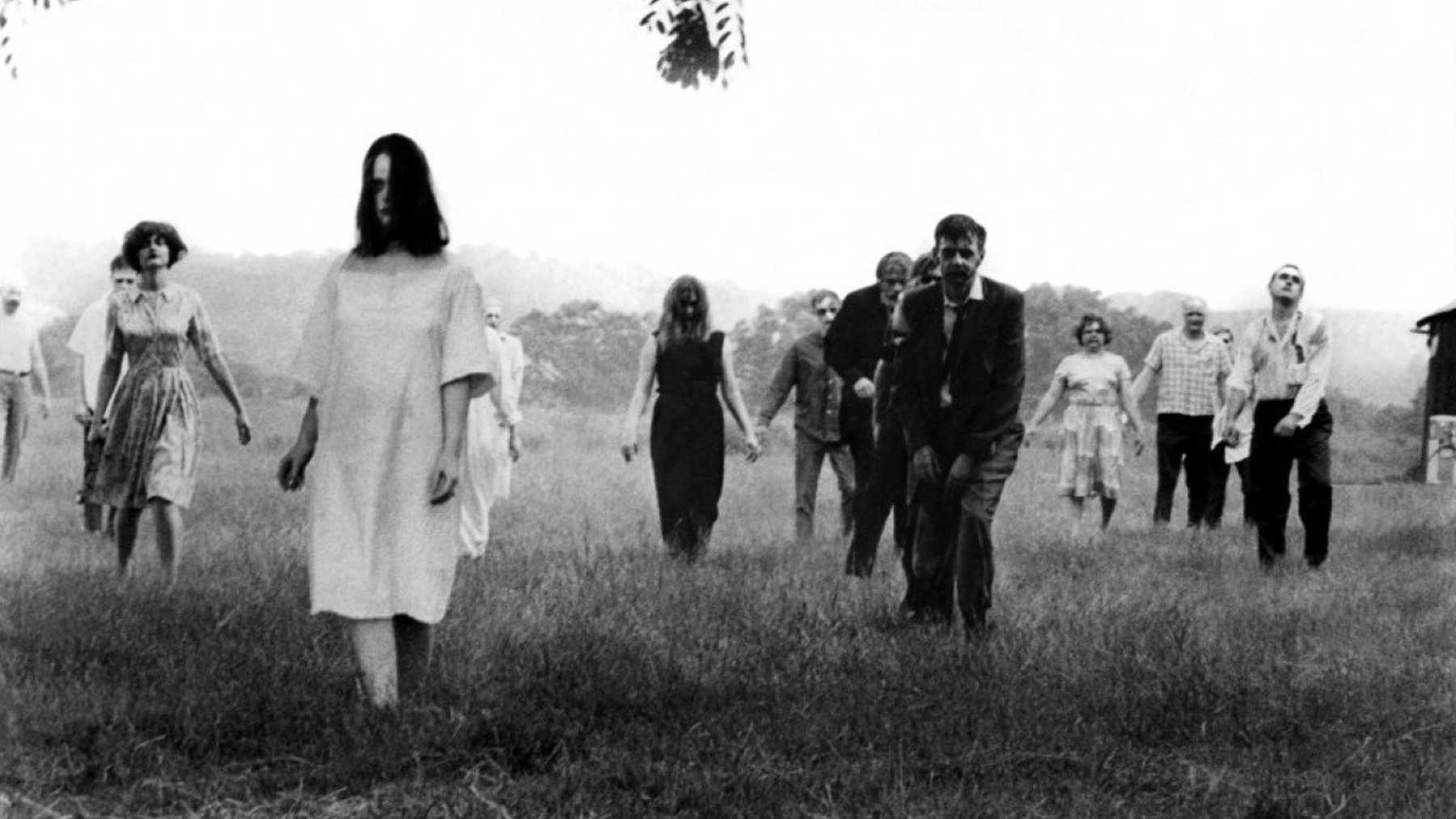ENGL/FLPA 427: The Horror Film / Distance ED /
Dr. Sara Eliza Johnson / sejohnson16@alaska.edu/
Office hours: by appointment (Zoom or Slack)
Description
Horror films are often considered “low art,” as exploitative and gratuitous schlock, but many such films are deceptively complex. A study of the American horror film reveals deep insights into sociopolitical and cultural fears and anxieties, including collective traumas, and how such fears and anxieties have transformed across generations. In this course, we will watch and analyze the American horror film from the 1920s to the present, with an eye for how these films reflect the cultural contexts in which they were created. Along the way, we will learn about film theory and criticism, and how to “read” films as active critics, rather than merely watch them as passive spectators.
Course Goals: Students will leave this course with a more comprehensive understanding of the horror film genre, as well as how such films function within their sociohistorical contexts. They will also leave with a deeper understanding of film theory and criticism.
Learning Outcomes: Students will:
develop their own theories on the horror film genre and its cultural significance
develop and strengthen their analytical thinking by producing original scholarly work
learn to communicate and collaborate with peers in a supportive scholarly environment
Texts
A Companion to the Horror Film
Readings accessible via Blackboard
STUDENT PROTECTIONS AND SERVICES STATEMENT:
Every qualified student is welcome in my classroom. As needed, I am happy to work with you, disability services, veterans’ services, rural student services, etc. to find reasonable accommodations. Students at this university are protected against sexual harassment and discrimination (Title IX), and minors have additional protections. As required, if I notice or am informed of certain types of misconduct, then I am required to report it to the appropriate authorities. For more information on your rights as a student and the resources available to you to resolve problems, please go the following site: www.uaf.edu/handbook/
DISABILITIES SERVICES:
UAF makes appropriate accommodations for individuals with disabilities who have been documented by the Office of Disability Services (203 Whitaker Building, Phone: (907)474-5655, TTY (907)474-1827). Students with learning or other disabilities who may need classroom accommodations are encouraged to make an appointment to obtain the appropriate documentation if they do not have it. Please meet with me during office hours so that I can collaborate with the Office of Disability Services to provide the appropriate accommodations and supports to assist you in meeting the goals of the course.
Emaiil: uaf-disabilityservices@alaska.edu
STUDENT SUPPORT SERVICES:
UAF is committed to equal opportunity for all students. Students who are the first in their families to attempt a four-year college degree, or students whose incomes are low, have opportunities for tutorial and other forms of support from the office of Student Support Services (514 Gruening Building, Phone: (907)474-6844. Please make an appointment with Student Support Services.
Email: trio.sss@alaska.edu
Student Code of Conduct:
As a UAF student, you are subject to UAF’s Honor Code:
“Students will not collaborate on any quizzes, in-class exams, or take-home exams that will contribute to their grade in a course, unless permission is granted by the instructor of the course. Only those materials permitted by the instructor may be used to assist in quizzes and examinations.
Violations of the Honor Code will result in a failing grade for the assignment and, ordinarily, for the course in which the violation occurred. Moreover, violation of the Honor Code may result in suspension or expulsion.”
UA is an AA/EO employer and educational institution and prohibits illegal discrimination against any individual: https://alaska.edu/nondiscrimination
Assignments & Grading
Essays (70%)
Four papers, with open-ended prompts; all papers must be in Times New Roman 12pt, double-spaced, with 1 inch margins.
Paper 1: 2-3 pages (10%)
Paper 2: 4-5 pages (15%)
Paper 3: 5-7 pages (20%)
Final paper: 8-10 pages (25%)
Slack posts (30%)
You must post a response to the Slack channel for each film, due on Thursday of each week. Apply the critical reading to the film you’ve been assigned to watch that week and do some analysis of your own. These responses should typically be about 200 words. Then, reply to another classmate’s posting on Slack by Sunday. This is an opportunity to both process your thoughts after watching the film, and to engage with your classmates and their ideas. (You are of course welcome to post as many replies as you like.) I recommend you add a photo to your Slack profile so that we can all put a face to a name.

